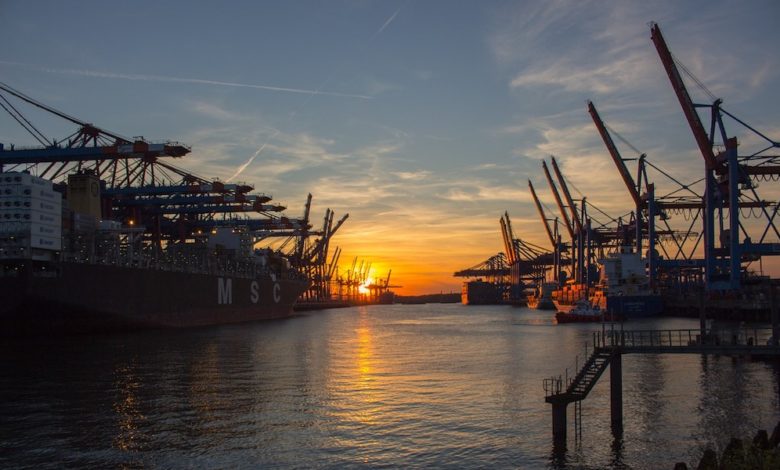Economics of ammonia-ready ships questioned

Asiatic Lloyd has signed for two firm ammonia-ready 7,100 teu boxships. The deal with Dalian Shipbuilding Industry Co for the world’s first ammonia-ready container vessels comes with options for two more, according to brokers Braemar ACM.
Alphaliner suggests the ships are expected to be of an ultra-compact widebeam design with 19 rows across and measuring 272.5 m in length.
Other shipowners have been making their own ammonia-ready plans too. Belgian tanker giant Euronav recently signed with Hyundai Samho in South Korea for LNG-ready VLCCs that will come with an ammonia-ready notation.
Class societies have been rushing out ammonia-ready guidance in recent weeks. Yesterday’s France’s Bureau Veritas (BV) released an ammonia-prepared notation. The notation targets the spaces and structural components that will accommodate future ammonia fuel tanks, fuel handling equipment and ammonia vapour treatment installations. Ammonia-prepared also covers specific requirements for the conversion of engines and boilers from using fuel oil, LNG or multiple fuels to ammonia.
Conversions, while technically possible, are generally not economically viable
A suezmax tanker ordered by Avin International, the first vessel of a potential order of three vessels, is scheduled to be the first ammonia-fuel ready vessel in the world.
The landmark 274 m long vessel, hull number 0315852, is now under construction at New Times Shipbuilding in China. Currently conventionally fuelled, the vessel complies with ABS’s ammonia ready level 1 requirements, indicating it is designed to be converted to run on ammonia in the future. All the ships in the Avin project will also meet ABS’s LNG fuel ready level 1 requirements.
“How meaningful such a notation really is remains to be seen,” Alphaliner questioned in its most recent weekly report, pointing out how many ships in the recent past have been classified as LNG ready, and yet a conversion, while technically possible, has proven to be generally not economically viable.
